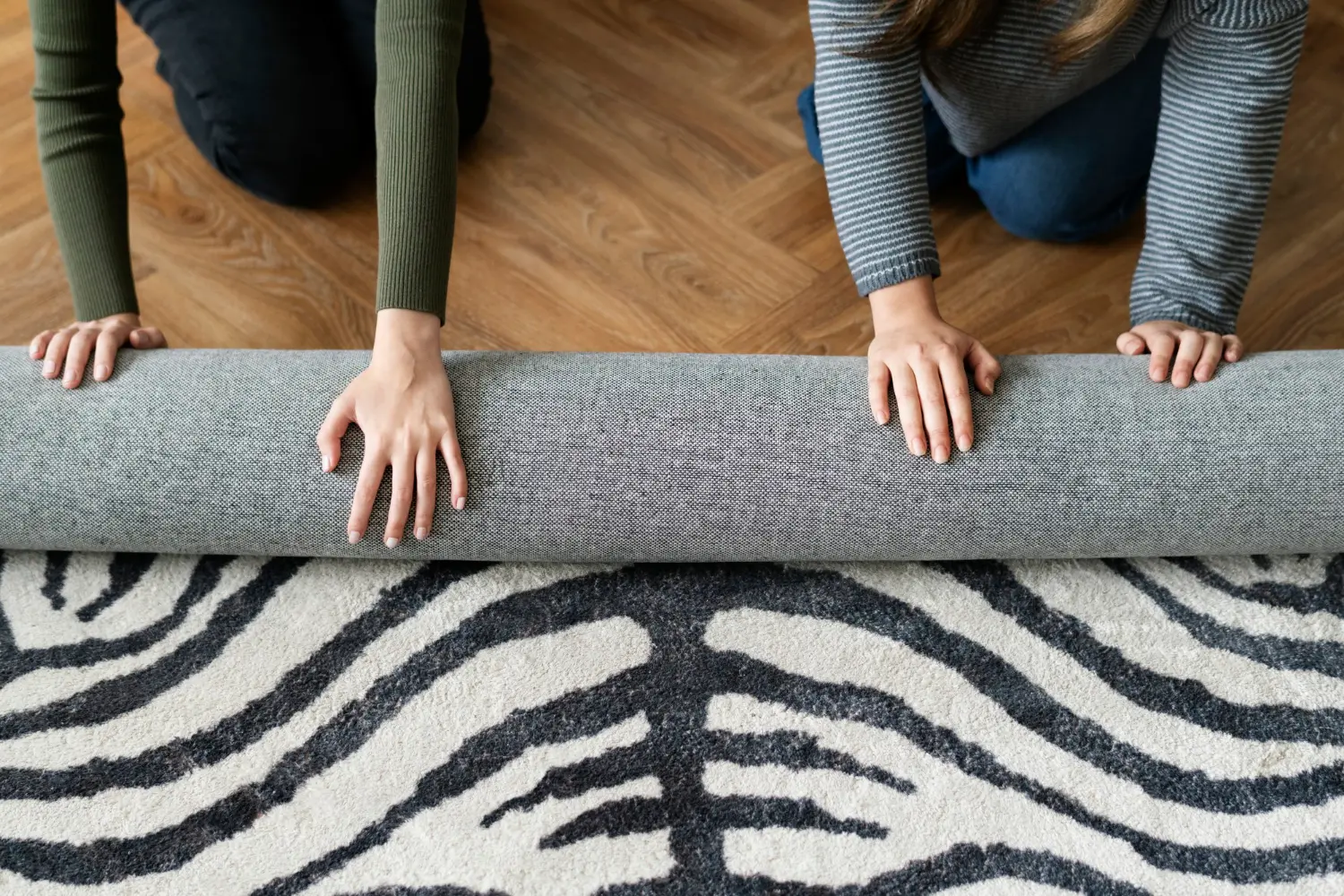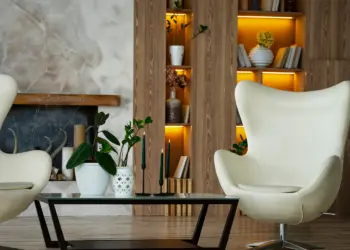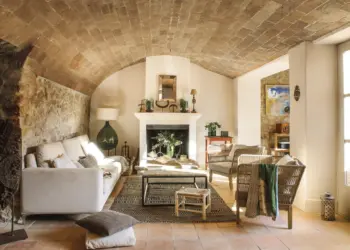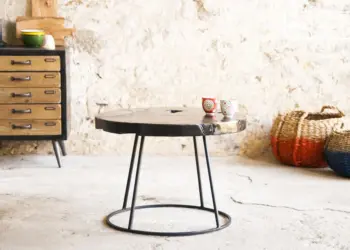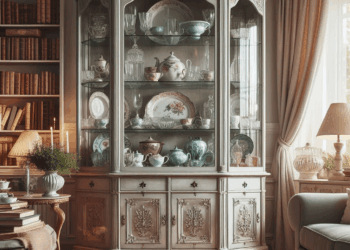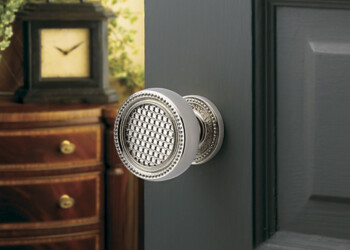Are you ready to take a stroll down the lush lanes of carpet knowledge? Whether you’re decorating a new space or looking to revamp your current one, carpets play a crucial role in defining the ambiance of a room. But hey, hold your horses! Before you dive headfirst into the world of carpets, it’s essential to understand the basics. In this guide, we’ll unravel all you need to know about carpet, from its definition to the myriad types available and how to pick the ideal one that seamlessly blends with your wall color and décor style!
Table of Contents
Carpet
So, what in the world is a carpet anyway? Well, it’s not just a fancy rug to walk on; it’s a statement piece, a comfort zone, and an aesthetic enhancer all rolled into one! Carpets are textile floor coverings typically made of wool, nylon, polyester, or other synthetic fibers. They come in various shapes, sizes, patterns, and colors, adding warmth and texture to any space they adorn.
Types of Carpets
Now that we’ve got the basics covered, let’s dive into the exciting world of carpet types! With a plethora of options available, choosing the right one can feel like navigating a labyrinth. Fear not! We’re here to shed light on some popular carpet varieties:
- Cut Pile Carpets:
- Plush and luxurious, cut pile carpets feature yarns that are cut at the ends, creating a soft and velvety surface.
- Types include Saxony, textured, and frieze carpets, each offering a unique look and feel.

- Loop Pile Carpets:
- As the name suggests, loop pile carpets have yarn loops that remain uncut, resulting in a durable and textured surface.
- Berber and level loop carpets fall under this category, known for their resilience and casual elegance.

- Cut and Loop Carpets:
- Combining the best of both worlds, cut and loop pile carpets feature a blend of cut and uncut yarns, offering a visually appealing texture.These carpets are versatile and can complement various décor styles with their distinct patterns and designs.

- Natural Fiber Carpets:
- For eco-conscious consumers, natural fiber carpets made from materials like wool, sisal, jute, and seagrass are an excellent choice.
- These carpets are biodegradable, sustainable, and often boast earthy tones that add a touch of nature to your space.

- Synthetic Carpets:
- Affordable and easy to maintain, synthetic carpets such as nylon, polyester, and polypropylene are popular choices for high-traffic areas.
- They come in a wide range of colors and patterns, offering endless possibilities for customization.

Exploring Common Carpet Styles
Understanding the various carpet styles is essential in determining the aesthetic appeal and suitability for different areas of your home:
- Saxony
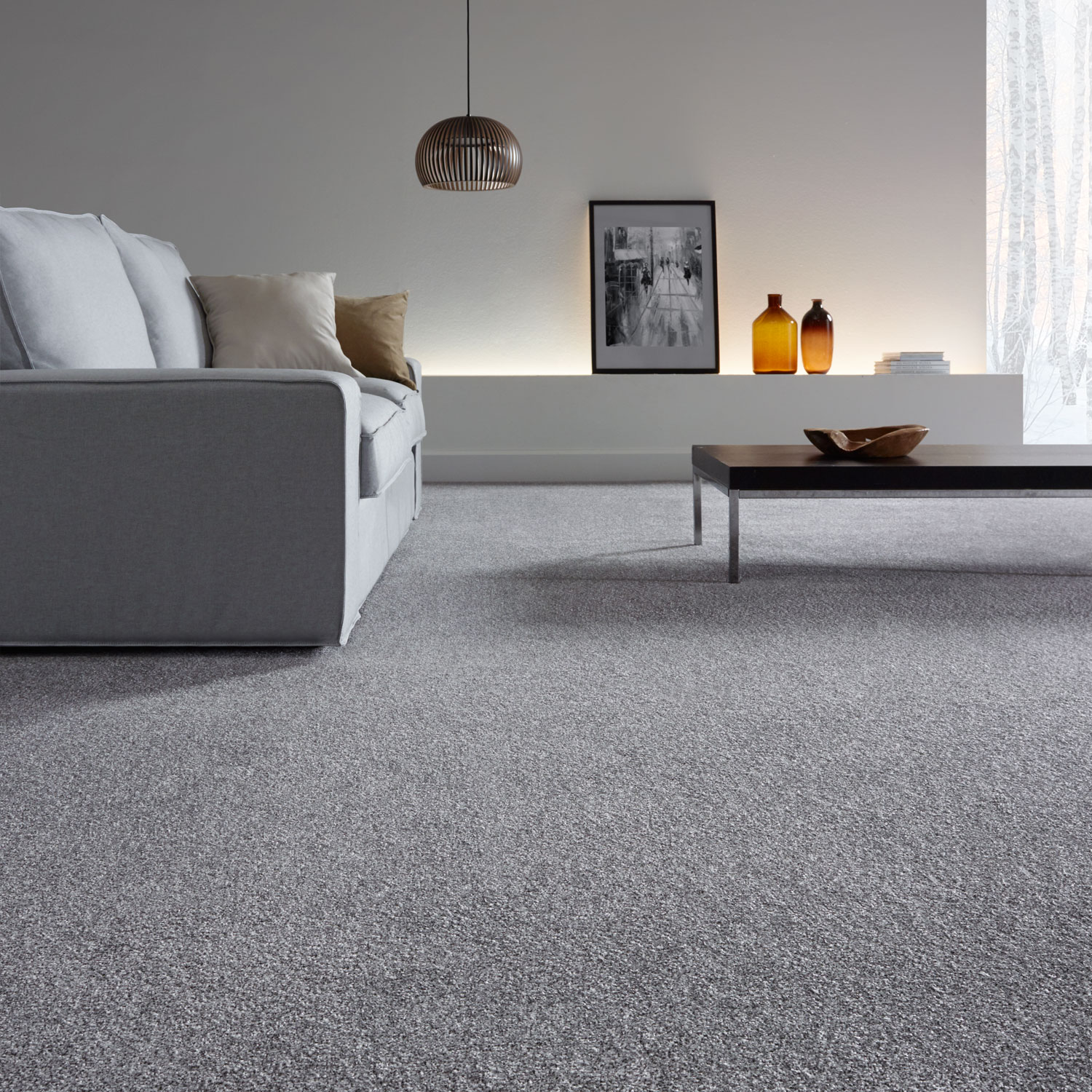
- Textured

- Frieze

- Sculptured
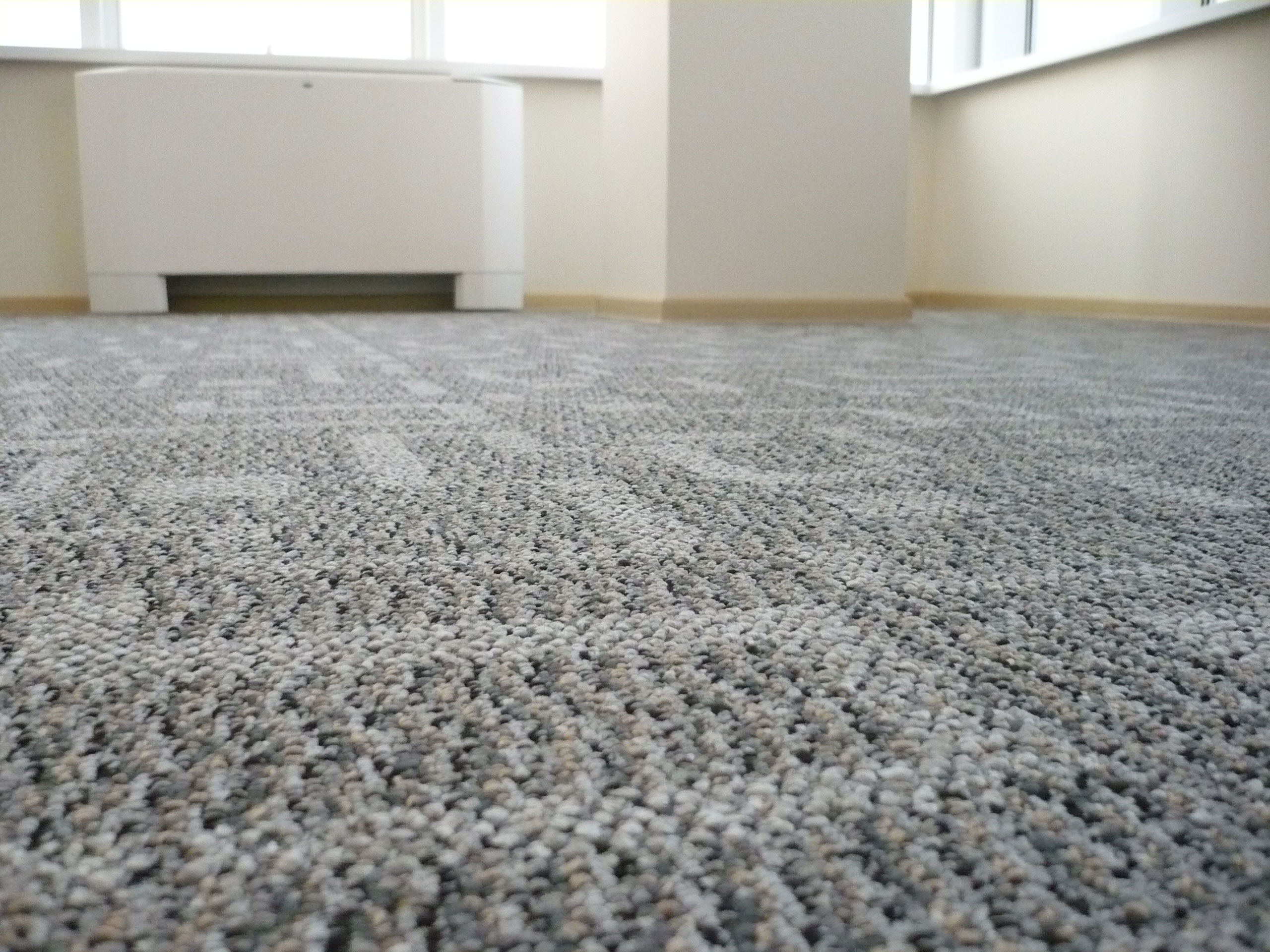
- Looped or Berber

Each style possesses distinct characteristics regarding appearance, durability, and maintenance requirements, allowing you to make an informed choice based on your preferences and lifestyle.
Types of Carpet Fibers: Choosing What Fits Your Needs
Selecting the appropriate carpet fiber is paramount in ensuring durability, resilience, and ease of maintenance. Here’s a breakdown of the most common types:
1. Nylon
- Durability: Nylon reigns supreme in terms of durability, resilience, and easy maintenance, making it an ideal choice for high-traffic areas and households with children and pets.
- Variants: Higher quality nylon fibers are often branded, boasting superior characteristics and longevity.
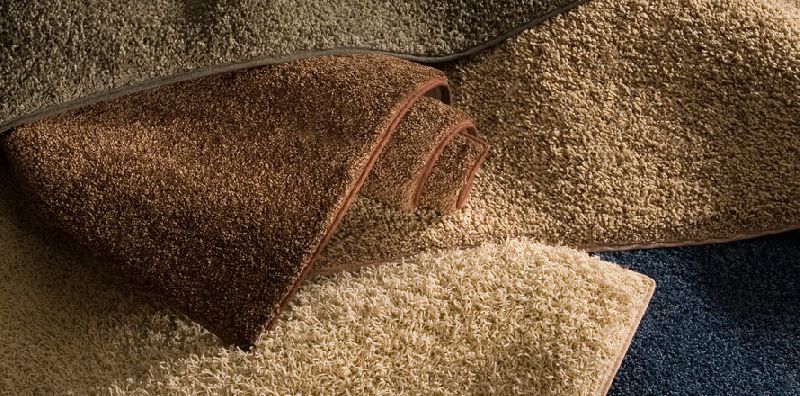
2. Triexta
- Stain Resistance: Triexta, derived partly from corn sugar, exhibits excellent, permanent anti-stain properties.
- Suitability: Ideal for households with young children or pets due to its superior stain resistance.

3. Polyester (PET)
- Softness: Polyester offers a luxurious underfoot feel and is available in vibrant colors.
- Considerations: While soft and luxurious, polyester is less durable and prone to shedding, making it suitable for low-traffic areas.
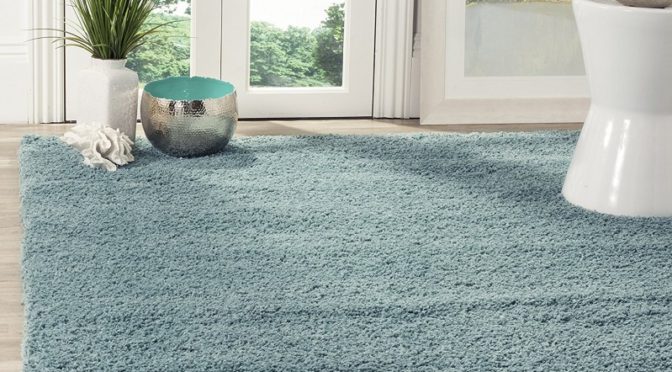
4. Olefin (Polypropylene)
- Attributes: Olefin is an attractive and inexpensive fiber with good resistance to fading, stains, static, and mildew.
- Usage: Often selected for high-traffic areas such as family rooms and play areas.

Signs of Quality Carpet
Identifying the signs of a quality carpet ensures that your investment withstands the test of time:
- Density: Higher density indicates better quality, resilience, and resistance to crushing.
- Tuft Twist: A higher tuft twist signifies increased durability.
- Density Rating: Opt for a density rating of 2,000 or more for enhanced durability.
- Construction: Determine whether the carpet fibers are Bulked Continuous Filament (BCF) or staple, considering shedding and long-term quality.
- Texture Retention Warranty: A warranty of at least 10 years ensures the carpet’s ability to retain its original shape.
Tips for Securing the Best Deal
Maximize your investment by following these essential tips:
- Multiple Estimates: Obtain at least three estimates to compare prices and services.
- Independent Measurement: Consider hiring an independent carpet installer for accurate measurements and recommendations.
- Detailed Quotes: Request individual price quotes for every aspect of the job to avoid hidden costs.
- Quality Inspection: Ensure that you receive the specified carpet and pad on installation day by comparing them with the samples beforehand.
Selecting the Right Carpet Pad
The quality of the carpet pad is equally vital in enhancing the longevity and comfort of your carpet:
- Density: Opt for a pad with a density rating of at least 6 lbs. for extended durability.
- Thickness: Balance thickness with density, considering the traffic levels in different areas of your home.
- Manufacturer Requirements: Check the carpet warranty for specific pad requirements, especially for installations over heated floors.
Where to Buy Carpet
Choose reputable retailers that prioritize customer satisfaction and offer competitive prices:
- Local Businesses: Consider supporting local, family-owned businesses renowned for personalized service and reliability.
- Avoid Gimmicks: Beware of hidden fees and deceptive pricing tactics often associated with “special deals” offered by some retailers.

And there you have it, folks! Your comprehensive guide to all you need to know about carpet, from its definition and various types to expert tips on choosing the perfect one for your space. Remember, carpets aren’t just floor coverings; they’re a canvas for creativity and comfort. So go ahead, unleash your inner decorator, and let your floors do the talking with a carpet that’s as unique as you are!
FAQs
What is it called carpet?
Carpet refers to a soft floor covering made of woven or felted fabric typically consisting of wool or synthetic fibers. It’s commonly used to cover floors in homes, offices, and other indoor spaces to provide comfort, warmth, and noise reduction.
How much does it cost to carpet a room in the UK?
The cost of carpeting a room in the UK varies based on factors such as the size of the room, the type and quality of carpet chosen, and any additional services required. On average, it can cost around £550 – £650 plus VAT to fit carpet in a standard-sized double bedroom, excluding the cost of the carpet itself .
Does carpet mean rug?
While both carpet and rug are floor coverings, they have differences in size and usage. A carpet typically covers the entire floor of a room and is usually fixed in place, while a rug is a smaller floor covering that can be easily moved and placed in various areas of a room .
What is carpet used for?
Carpet is used primarily as a floor covering to provide insulation, comfort, and aesthetics in indoor spaces such as homes, offices, hotels, and commercial establishments. It helps to soften the feel of the floor, reduce noise, and provide warmth, making spaces more comfortable and inviting .
What is floor carpet?
Floor carpet, also known simply as carpet, refers to a covering made of woven or felted fabric used to cover floors. It’s called “floor carpet” to distinguish it from other types of carpet-like coverings, such as wall-to-wall carpeting or carpet tiles, which may have different applications or installation methods.
